Introduction
Caramelized Water Chestnuts, known in Chinese cuisine as Ba Si Bi Qi (拔丝荸荠), is a dessert that marries the earthy crunch of water chestnuts with the golden, sugary threads of caramelized sugar. This dish, popular in Chinese households and restaurants alike, is a testament to the country’s culinary ingenuity, where simple ingredients are transformed into a symphony of textures and flavors. The name Ba Si Bi Qi literally translates to “pull-thread water chestnuts,” a nod to the delicate sugar strands that form when the hot caramel is stretched—a visual and tactile delight. This article will guide you through the intricate process of crafting this dessert, from selecting the freshest water chestnuts to achieving the perfect caramel glaze. Whether you’re a seasoned chef or a curious home cook, mastering this recipe will add a touch of elegance to your dessert repertoire.
Ingredients and Tools
Before diving into the cooking process, gather the following ingredients and tools to ensure a seamless experience:
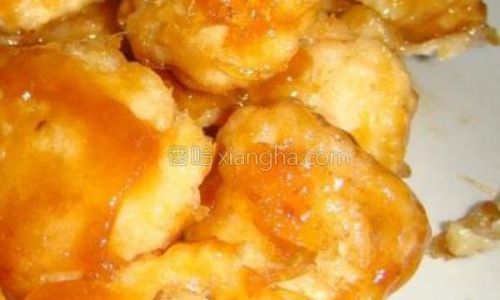
- Fresh Water Chestnuts: 500 grams (peeled and sliced into bite-sized pieces).
- Granulated Sugar: 150 grams (adjust to taste for sweetness).
- Cooking Oil: 500 milliliters (for deep-frying; choose a neutral oil like vegetable or canola).
- Cornstarch: 3 tablespoons (to coat the water chestnuts for crispiness).
- Water: 50 milliliters (for the caramel syrup).
- Optional Additions: A pinch of salt, 1 teaspoon of sesame seeds, or a drop of vanilla extract for flavor enhancement.
Tools Required:
- A sharp knife and cutting board.
- A large mixing bowl.
- A heavy-bottomed wok or deep frying pan.
- A slotted spoon or spider strainer.
- A candy thermometer (optional but recommended for precision).
- A baking sheet lined with parchment paper.
- A heatproof spatula or wooden spoon.
Step-by-Step Preparation
Preparing the Water Chestnuts
Start by thoroughly washing the fresh water chestnuts under cold running water to remove any dirt or debris. Using a sharp knife, carefully peel off the tough outer skin. The flesh beneath should be crisp and ivory-white. Slice each water chestnut into quarters or halves, ensuring uniformity for even cooking.
Pro Tip: If fresh water chestnuts are unavailable, canned varieties may be used, but they lack the same crisp texture. Drain and pat them dry before proceeding.
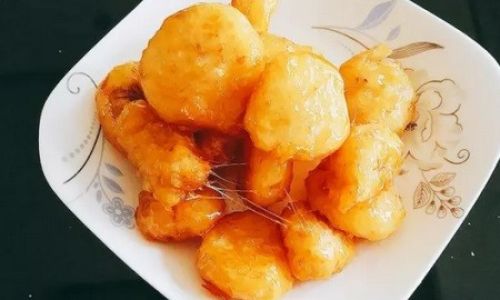
Coating with Cornstarch
In a large mixing bowl, toss the sliced water chestnuts with cornstarch until each piece is evenly coated. The cornstarch serves two purposes: it absorbs excess moisture, preventing splattering during frying, and creates a light, crispy exterior when cooked.
Deep-Frying the Water Chestnuts
Heat the cooking oil in a wok over medium-high heat until it reaches 350°F (175°C). To test the oil’s readiness, drop a small piece of coated water chestnut into the oil—it should sizzle immediately and float to the surface.
Gently lower the water chestnuts into the hot oil using a slotted spoon, working in batches to avoid overcrowding. Fry for 3–4 minutes, or until they turn golden brown and crisp. Remove them with the slotted spoon and drain on a baking sheet lined with paper towels. Repeat until all pieces are cooked.
Crafting the Caramel Syrup
The caramel syrup is the heart of this dish. In a clean wok, combine the granulated sugar and water over low heat. Stir gently with a heatproof spatula to dissolve the sugar completely. Once the mixture begins to bubble, resist the urge to stir further, as this can cause crystallization. Instead, swirl the wok occasionally to ensure even heating.
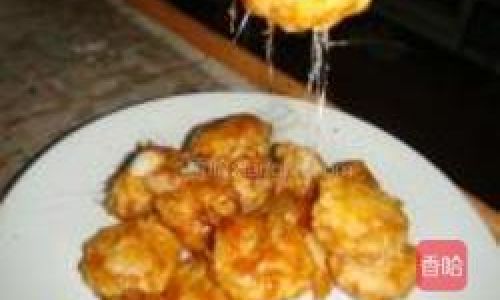
Key Milestones:
- Thread Stage (230–235°F/110–113°C): The syrup forms thin, hair-like threads when dropped into cold water.
- Soft Ball Stage (235–240°F/113–116°C): The syrup forms a soft, malleable ball in cold water.
- Hard Crack Stage (300–310°F/149–154°C): The syrup becomes brittle and glassy.
For Ba Si Bi Qi, aim for the Hard Crack Stage, where the syrup turns a rich amber hue and emits a faint toasted aroma. Remove the wok from heat immediately to prevent burning.
Combining Water Chestnuts and Caramel
Working swiftly, add the fried water chestnuts to the hot caramel syrup. Toss gently with the spatula, ensuring each piece is thoroughly coated. The residual heat from the syrup will adhere the caramel to the water chestnuts.
Optional Enhancement: Sprinkle sesame seeds or a pinch of salt over the mixture for added depth.
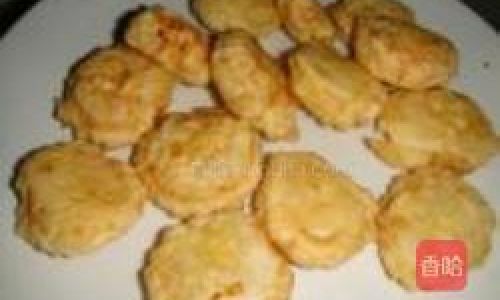
Plating and Serving
Transfer the caramelized water chestnuts to a parchment-lined baking sheet, spreading them out to prevent clumping. Allow the dessert to cool for 2–3 minutes until the caramel hardens slightly but remains pliable.
To serve, arrange the pieces on a platter. For an interactive element, place a small bowl of cold water beside the dish. When guests pull apart the water chestnuts, the caramel will stretch into gossamer threads, creating a dramatic presentation.
Tips for Perfection
- Temperature Control: Maintain precise heat levels when frying and caramelizing. Overheating the caramel can result in bitterness, while insufficient heat may leave the syrup sticky and unworkable.
- Uniformity: Ensure the water chestnuts are sliced evenly to guarantee consistent cooking.
- Speed: Work quickly when coating the water chestnuts in caramel, as the syrup hardens rapidly once removed from heat.
- Cleanup: Soak the wok in hot water immediately after use to dissolve any hardened caramel.
Cultural Context and Variations
Ba Si Bi Qi is a beloved staple of Chinese banquet cuisine, often served during festive occasions like Lunar New Year or weddings. Its popularity stems from its balance of simplicity and sophistication—a trait emblematic of Chinese culinary philosophy.
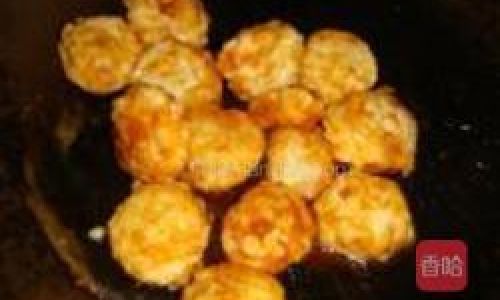
Modern variations include substituting water chestnuts with other crisp ingredients like lotus root or taro. Some chefs also incorporate a pinch of cinnamon or a drizzle of chocolate syrup for contemporary flair.
Conclusion
Crafting Ba Si Bi Qi is an exercise in patience and precision, where the alchemy of sugar and starch yields a dessert that is as visually stunning as it is delicious. The interplay between the water chestnuts’ crispness and the caramel’s tender sweetness creates a sensory experience that lingers long after the last bite. Whether you’re hosting a dinner party or simply indulging a sweet tooth, this recipe is sure to impress. Embrace the process, savor the results, and let the golden threads of caramelized water chestnuts weave a little magic into your kitchen.
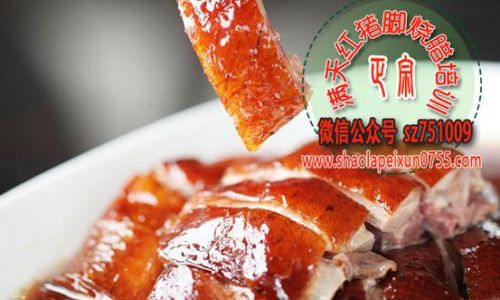
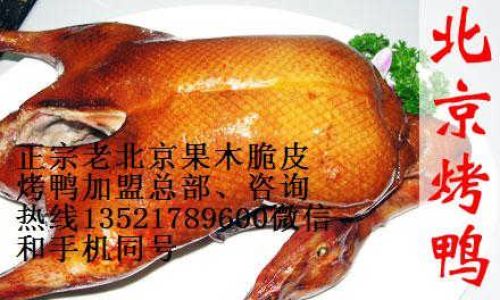
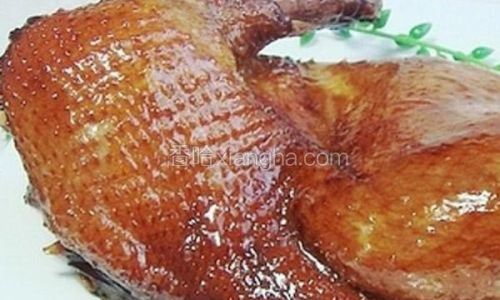
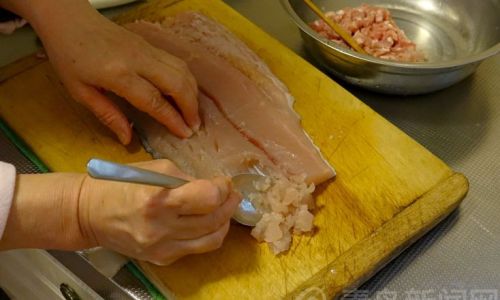
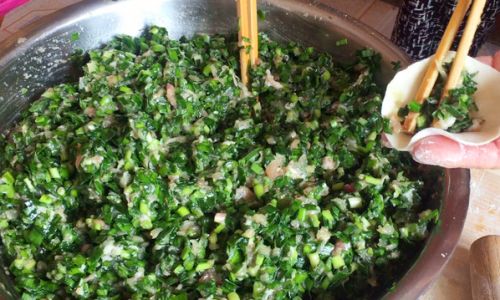
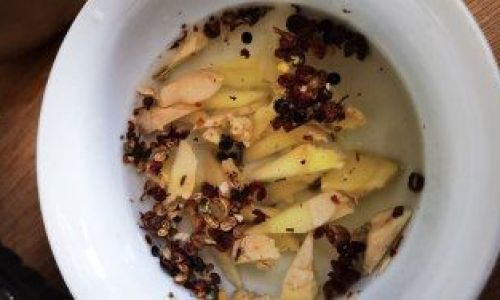
0 comments